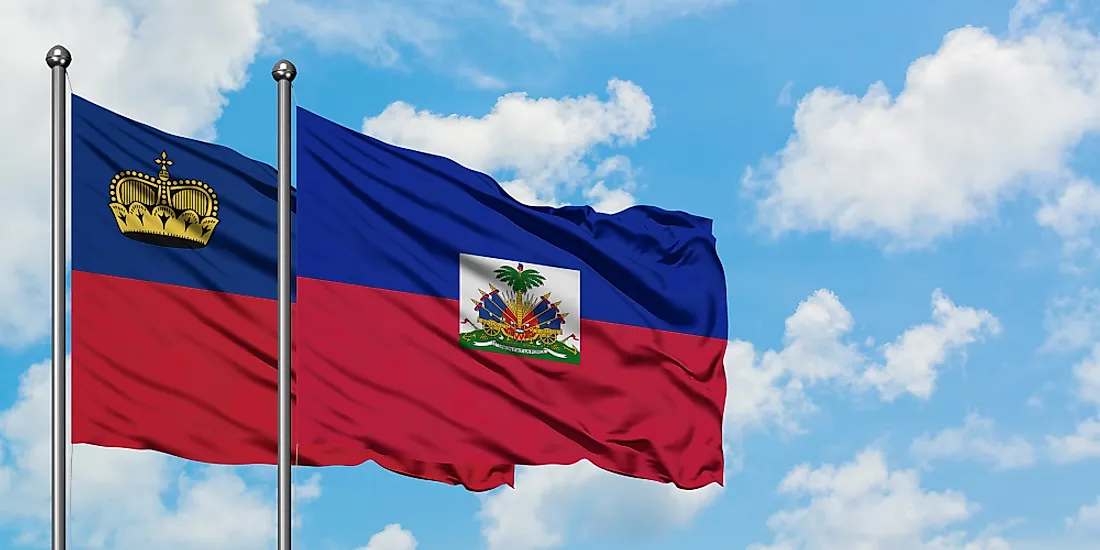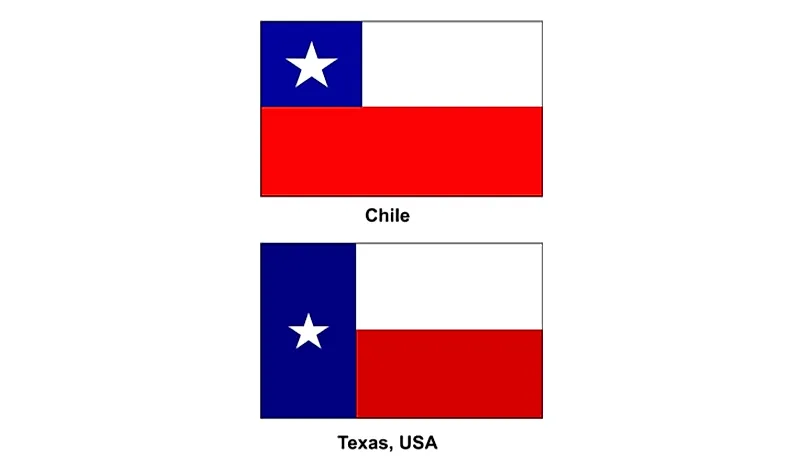The capital of Sudan is Khartoum, which is located in the south central region of the country. This city lies where the Blue Nile and the White Nile rivers join together, forming the Nile river that continues in a northerly direction until reaching Egypt. In fact, these rivers run through the city, dividing it into 3 sections. Since its foundation in 1821, Khartoum has played an important role in the culture and economy of Sudan. In 1898, it was first designated as the administrative center of the territory of the UK and Egypt. When Sudan achieved its independence in 1956, Khartoum was made the official capital of the country.
As of 2008, the population of Khartoum was around 3,639,598. The entire metropolitan area is home to more than 5.27 million individuals, making Khartoum the most populated city in Sudan. The population of this city, however, is growing at a rapid pace. As a result of war and drought, thousands of individuals are displaced and seeking refuge in the capital. Although the census has not been conducted in several years, some research estimates that as many as 2 million additional people have come to Khartoum in the last few years. Within Sudan, Khartoum has one of the largest populations of Christian adherents.
Tourism in Sudan has decreased as a result of civil and political unrest in the country, particularly in the southern region. Some individuals still decide, however, to make the trip to this country and Khartoum is one of the most popular places to visit here. Some of the most interesting attractions in the capital include: the Sudan National Museum (with a large exhibit on Ancient Egypt), the Sudan Presidential Palace Museum (located within the Palace Cathedral), and the Souk Arabi (an Arabic marketplace). For tourists lucky enough to be here on the first Friday of the month, the Changing of the Guard Ceremony takes place outside of the Presidential Palace.
Khartoum is located within a hot arid climatic zone. This classification means that the city experiences extremely hot temperatures and receives little to no rainfall. In fact, Khartoum is considered one of the hottest large cities in the world, with an average annual temperature of between 99° and 100° fahrenheit. Over the entire year, this city receives less than 5 inches of precipitation.
This page was last modified on May 1st, 2018
More on Graphicmaps

Published on 2019-11-06
What is a Trade Embargo?

Published on 2019-11-04
Which Two Countries Used to Have the Same Flag?

Published on 2019-09-16
What Is the Only Two-Sided State Flag?

Published on 2019-09-16
Which Country Flag Looks Like the Texas Flag?

Published on 2019-08-29
Flags That Resemble the US Flag

Published on 2019-08-20
